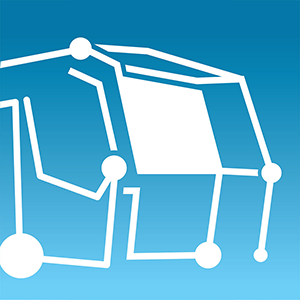
In order to quantify the track geometry, the rails are depicted as lines in a three-dimensional space and these lines are then projected on two-dimensional planes. As soon as the track geometry is recorded, the geographical location must be identified for each measurement.
Since the track geometry directly influences the ride quality of a vehicle travelling on rails, an accurate measurement is decisive for the evaluation of operating safety.
The railways and supervisory authorities record the track systematically to observe a deterioration of the track quality and to identify track defects. Data on the previous condition of the track allow the railways to estimate the speed of the deterioration in track quality and to optimize the infrastructure maintenance. Supervisory authorities use track geometry data for allocation of the maximum permissible travelling speed for sections of track.
The parameters recorded in the various measuring tasks must be appropriate for the defined work, e.g. for tamping work, track bed rehabilitation, work on the catenary, corrugation grinding, etc.
Plasser & Theurer has invested a great deal of development work not only in measuring systems developed in-house but also in purchased measuring and video systems. Today, with this specialized knowledge, the best measuring systems and measuring technologies can be operated in combination to increase the track quality of the network.